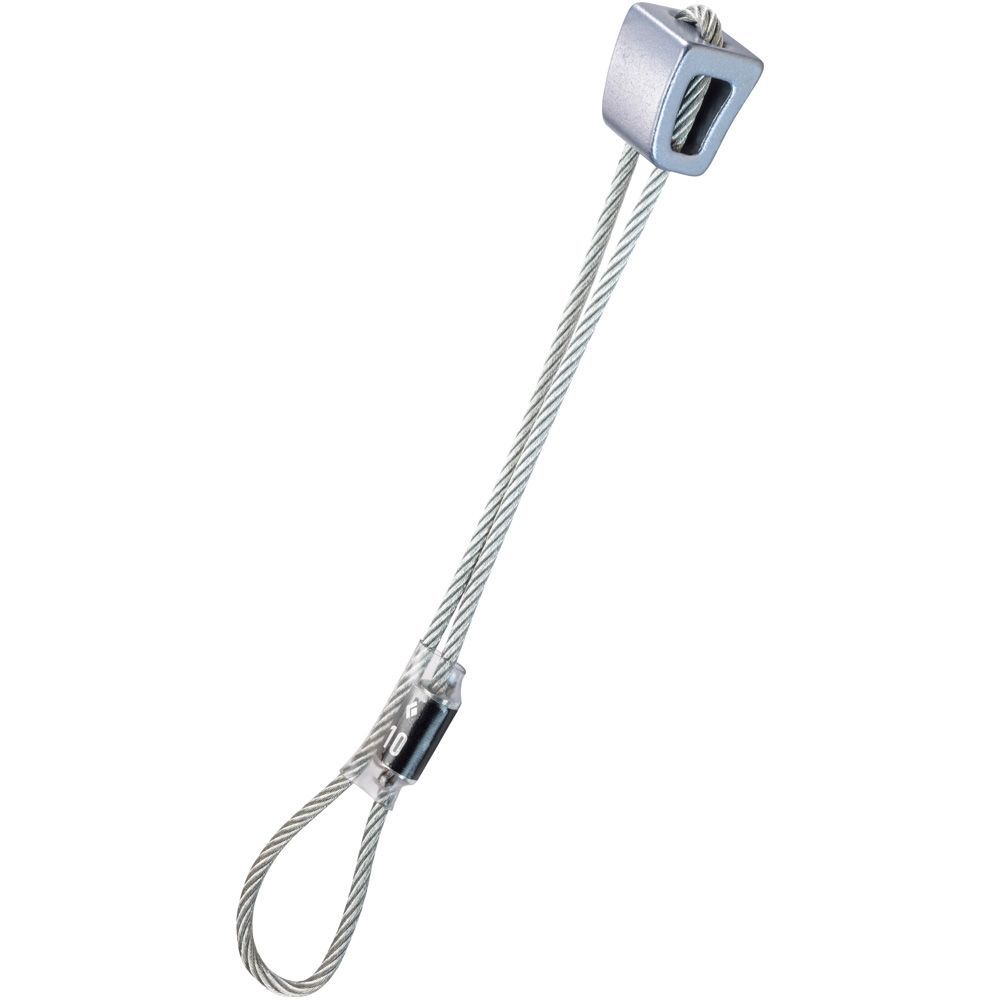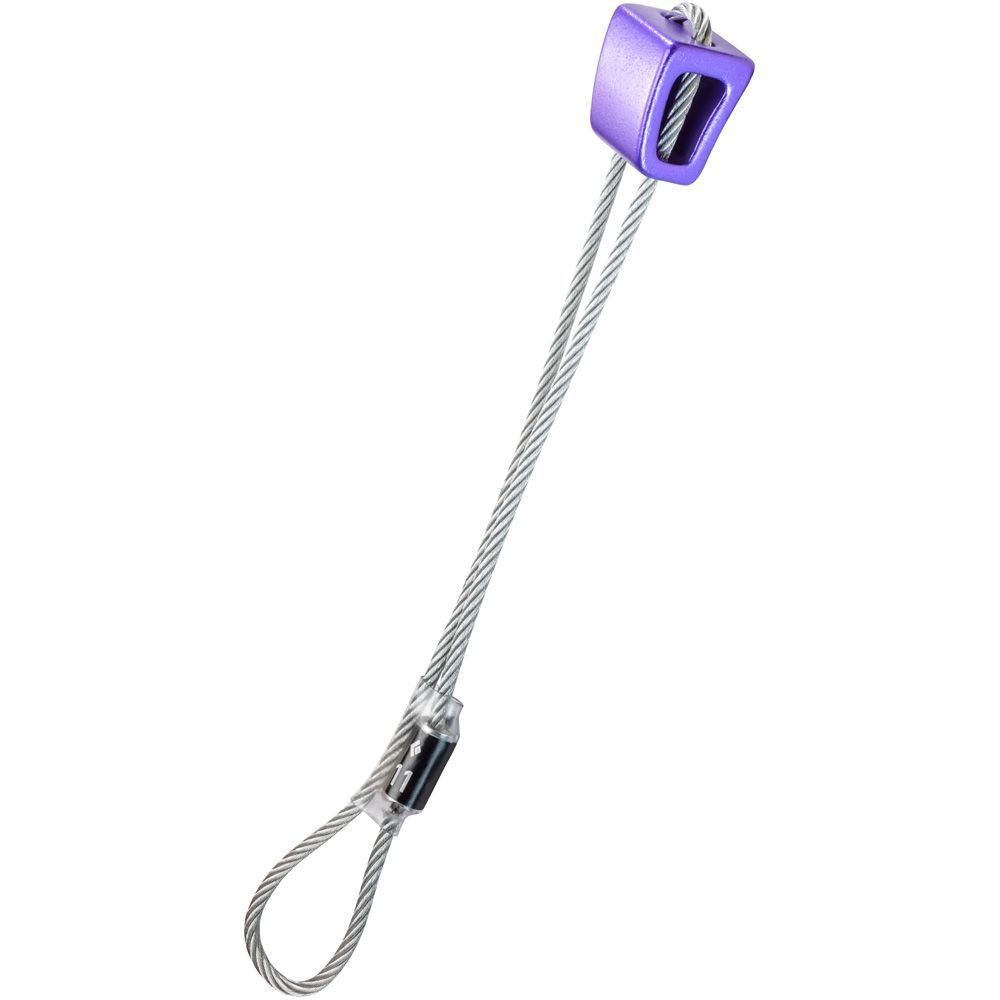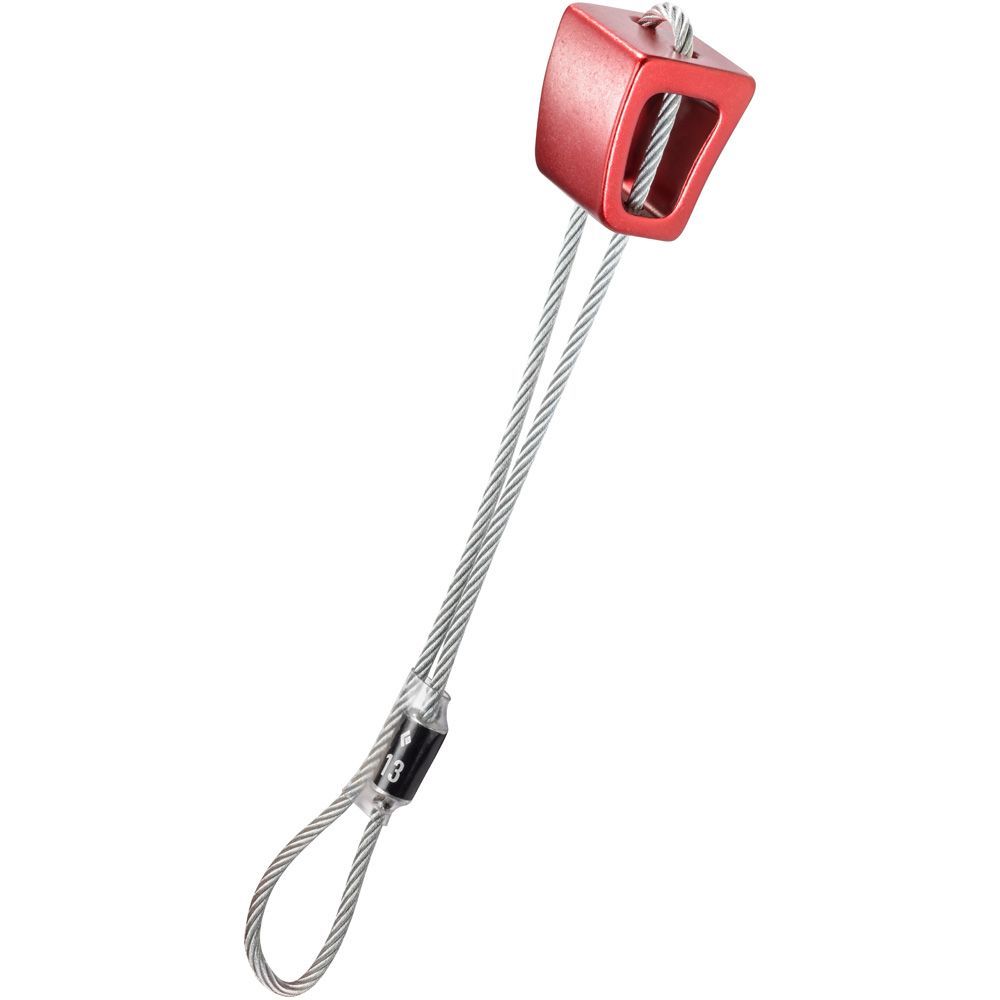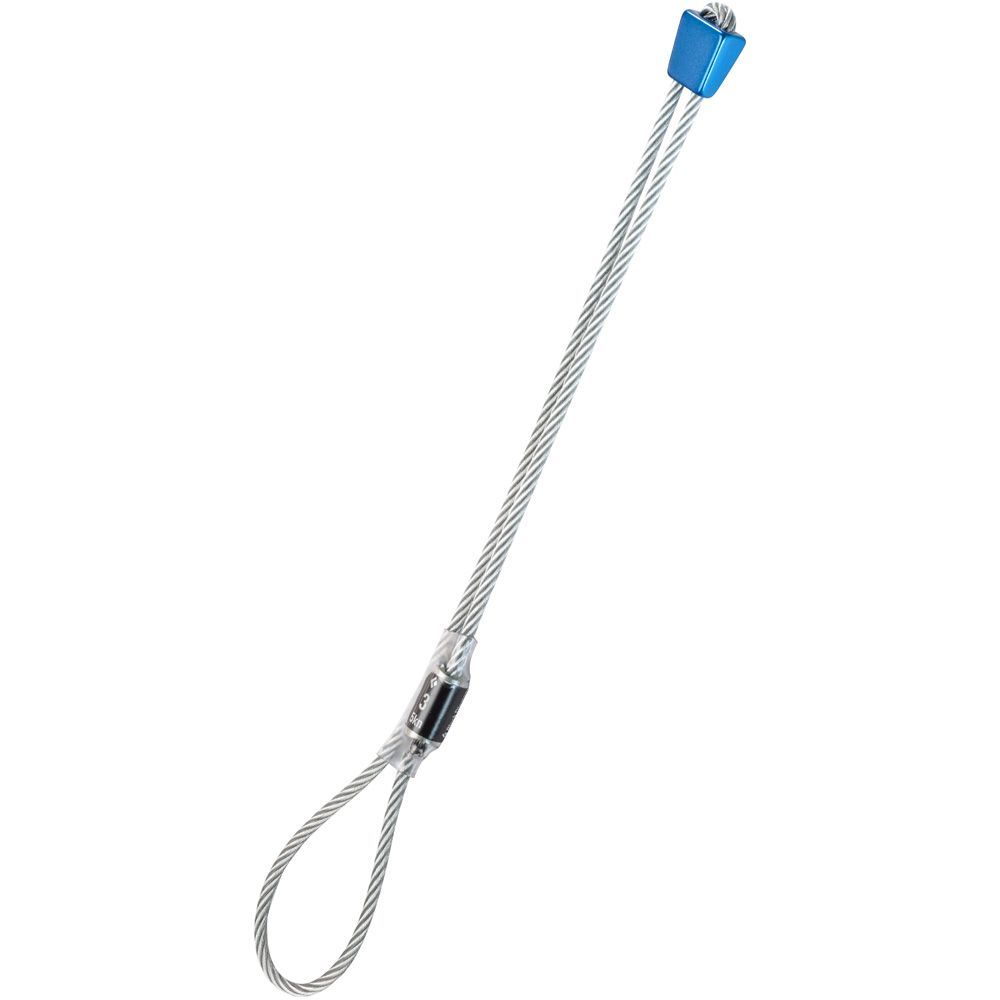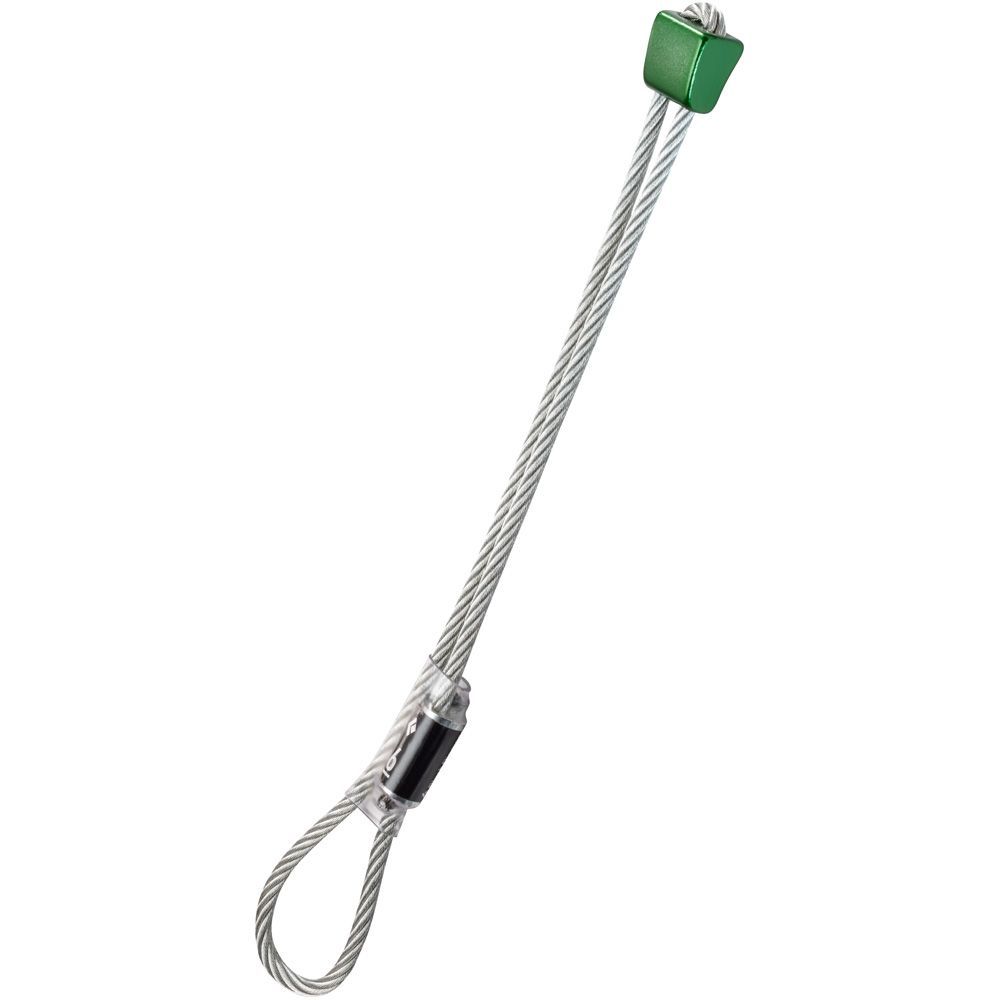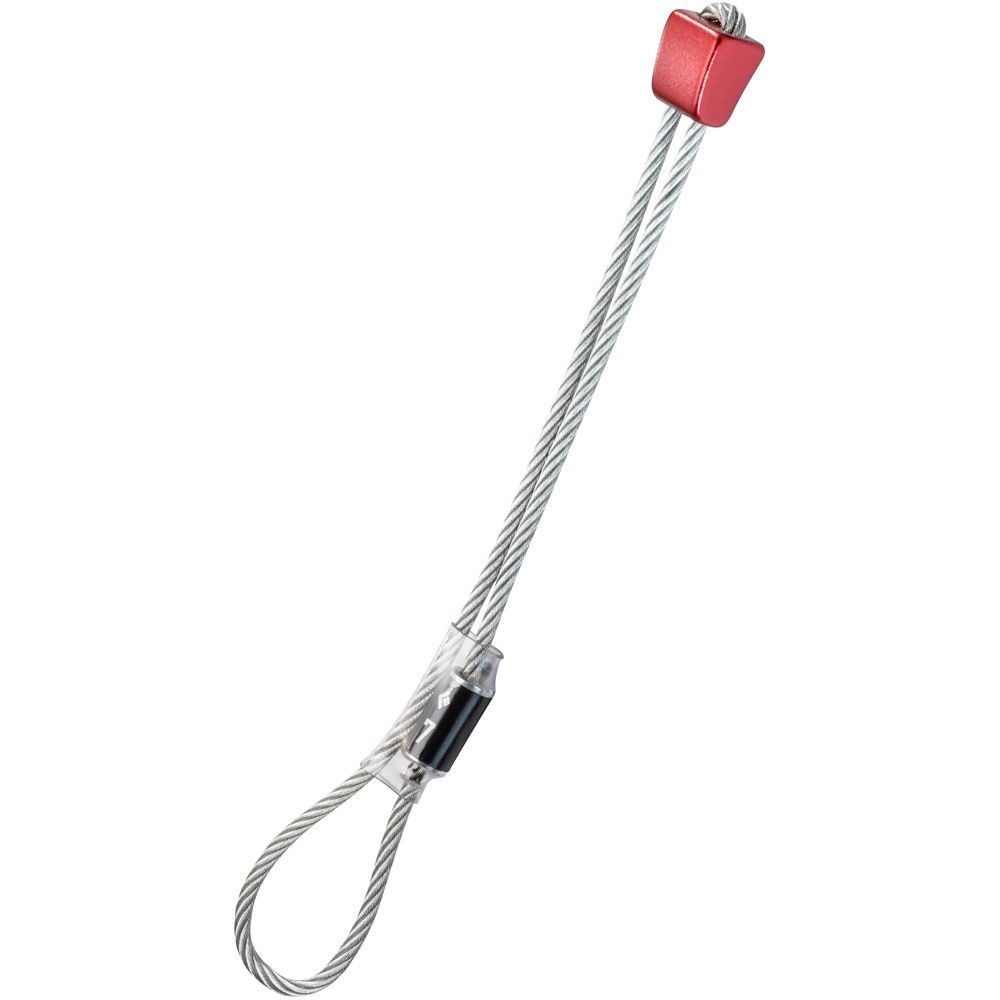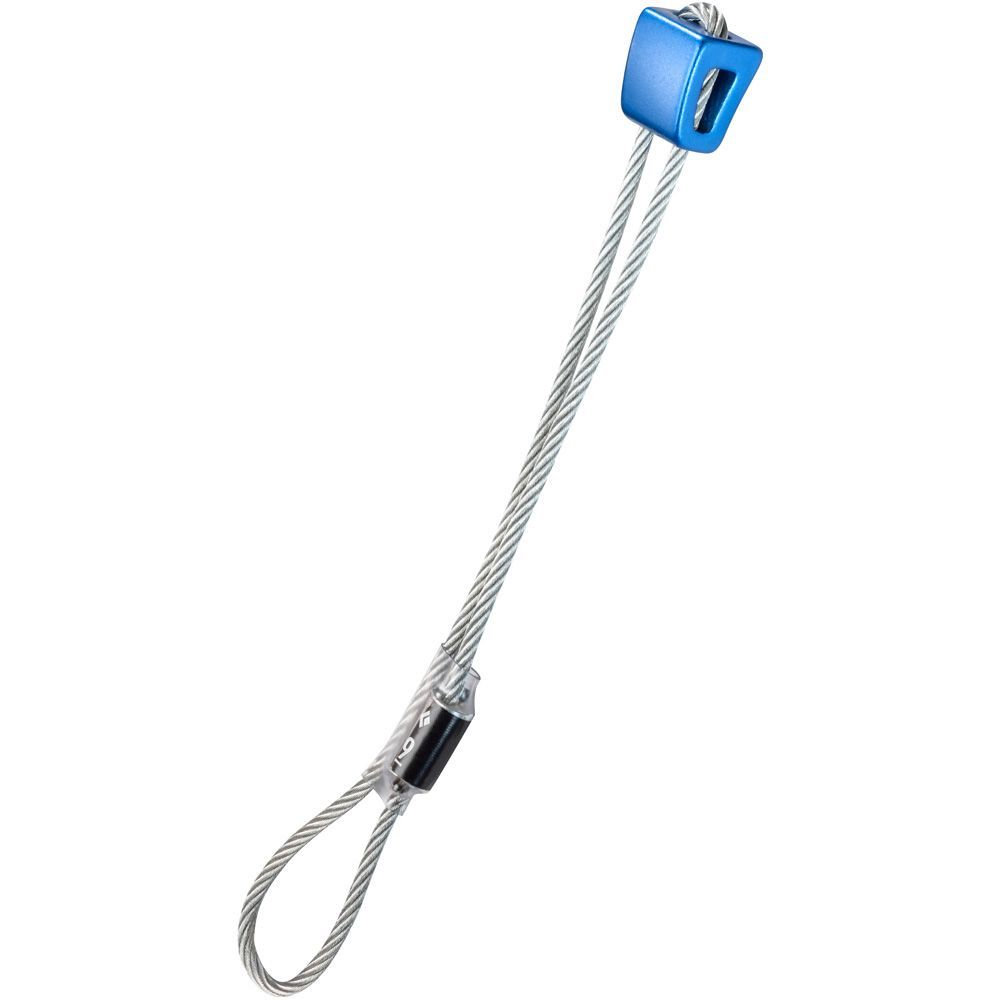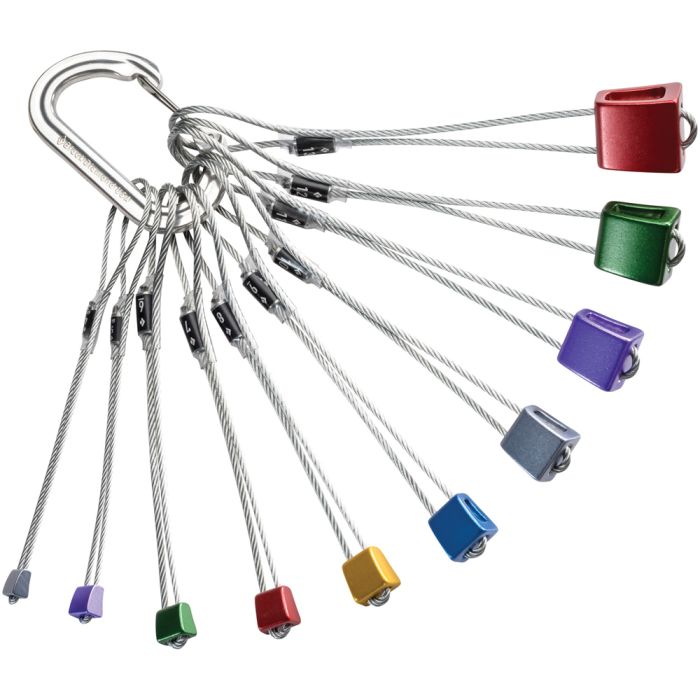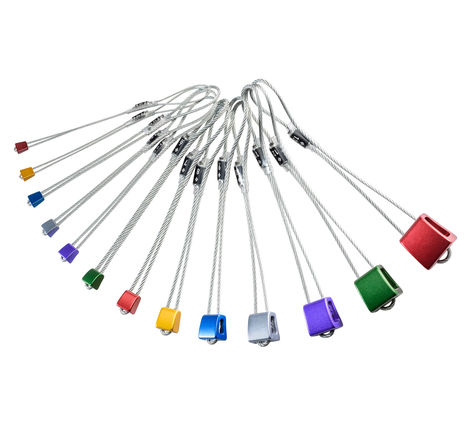Climbing Nuts
Secure every climb with trusted Climbing Nuts
Climbing nuts are the foundation of every trad climber’s rack. At The Outdoor Warehouse, we stock a wide range of wired nuts, stoppers, and micro-nuts designed for placing protection in cracks and constrictions where cams can’t always fit. Lightweight, durable, and reliable, nuts remain one of the most essential forms of passive pro in climbing history.
Also known as stoppers, wired nuts, passive protection, brassies, micro-nuts, and climbing chocks.
Why Climbing Nuts Still Matter
- Lightweight: Carry a full set without adding bulk to your rack.
- Versatile: Fit constrictions and cracks where cams won’t seat properly.
- Durable: Forged alloys and wires designed for repeated use.
- Cost-Effective: Affordable compared to active protection.
Understanding Climbing Nuts
Nuts come in a range of sizes, from large aluminum stoppers that fit hand-sized constrictions to brass micro-nuts for tiny cracks. Most are set on steel cables for strength, with color-coded heads for quick identification.
Black Diamond Stoppers are the industry benchmark for passive protection, known for their reliable placements and trusted by climbers worldwide. Their classic shape fits a variety of crack types and makes them a go-to choice for any rack.
While cams dominate modern racks, nuts remain indispensable for weight savings, redundancy, and tricky placements where only passive gear will hold.
Climbing Nuts at a Glance
| Type | Best For | Key Features |
|---|---|---|
| Standard Wired Nuts | General trad routes | Durable alloy, wide size range |
| Micro-Nuts / Brassies | Thin cracks, aid climbing | Brass/aluminum heads, flexible cables |
| Curved/Offset Nuts | Flared cracks, pin scars | Asymmetric design for tricky placements |
How to Place Climbing Nuts
- Seat the nut: Slide it into a constriction so it makes full surface contact with the rock.
- Tug-test: Give a firm pull in the expected fall direction to ensure it’s secure.
- Extend with a sling: Reduce rope drag and keep the nut from walking out.
- Clean properly: Use a nut tool to remove without damaging gear or rock.
Common Mistakes to Avoid
- Not extending placements with slings to reduce rope drag.
- Trusting poor surface contact — nuts must be fully seated.
- Using oversized nuts in shallow constrictions.
- Skipping passive pro and relying solely on cams.
Climbing Nuts Checklist
- ✔ Carry a full set covering small to large sizes.
- ✔ Inspect cables for fraying or kinks before every climb.
- ✔ Use a nut tool to clean placements without damaging gear.
- ✔ Combine nuts with cams for a balanced, safe rack.
Pro Tip
Build your first rack with a complete set of Black Diamond Stoppers and add Offset Nuts for advanced placements in flared cracks or pin scars.
Pair With
Why Buy Climbing Nuts from The Outdoor Warehouse?
- Featuring Black Diamond Stoppers — the industry standard for passive protection.
- All products meet or exceed UIAA/CE safety standards.
- Expert-curated racks for beginner to advanced trad climbers.
- Fast U.S. shipping with reliable customer support.
Buying Guide Snapshot
New climber? Start with a standard set of Black Diamond Stoppers.
Trad rack builder? Add offset nuts for flared cracks.
Aid climber? Include micro-nuts for thin seams.
Shop climbing nuts today at The Outdoor Warehouse — lightweight, reliable, and essential for safe trad climbing.





